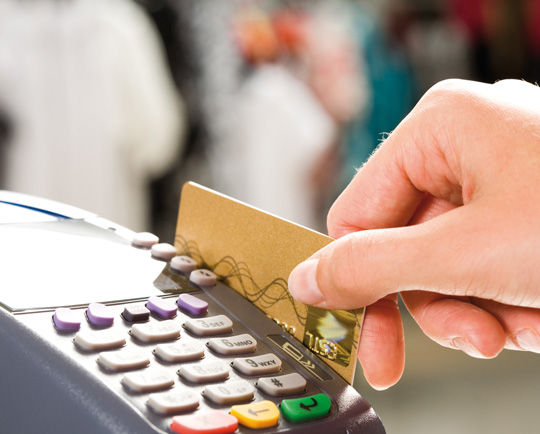Credit Cards & Loans
Why it pays to buy with a credit card

Credit cards often get a bad rap because of their high fees and contribution to spiralling consumer debt. But spending on plastic can provide users with protection if things go wrong. Here’s our guide to Section 75 law.
What is Section 75?
Section 75 of the Consumer Credit Act 1974 states that a credit card provider is equally liable with a goods or services provider in cases where there has been a ‘misrepresentation’ or breach of contract. This extra consumer protection means you can claim a full refund from your card provider if you’re unable to get it from the retailer. Examples include if an item is faulty, if it isn’t delivered, or if the firm goes bust.
Are there limits on the product or service cost?
In order to benefit from the protection, you must use your credit card to buy goods or services between £100 and £30,000. But the best bit is that you don’t need to pay the full amount on credit card; you can pay just part of the amount. If you only put down a deposit, as long as the item or service costs between £100 and £30,000, you’re covered.
Does the protection apply to additional credit card holders?
Sadly, if someone else has an additional card on your credit card account, anything they buy may not be covered. To make a successful Section 75 claim, you must prove the item benefits the primary cardholder.
How do I make a Section 75 claim?
If the retailer is still open for business, you should approach it first to resolve an issue. If it doesn’t play ball, contact your credit card provider, and as a last resort, take your complaint to the Financial Ombudsman Service (FOS).
Alastair Douglas, chief executive of credit comparison site TotallyMoney.com, said retailers should be forthcoming when it comes to providing a refund.
“If the retailer has gone bust or isn’t responding to you then the next port of call is your credit card provider. Tell it you want to make a claim under Section 75 of the Consumer Credit Act and then they will supply you with a claim form to fill out so you can get the process underway.”
When you can and can’t use Section 75
TotallyMoney.com gives these examples:
- The £120 coat you ordered online never turns up and you can’t get the retailer to return your calls: You can claim under Section 75.
- You put a £100 deposit down on a £500 sofa with your card, paying the rest by cheque but the sofa shop goes bust before the sofa’s delivered: Section 75 covers all £500.
- You buy an item between £100 and £30,000 on your credit card which turns out to be faulty, but since then you’ve closed your credit card account: Section 75 still has you covered.
- You buy three pairs of shoes costing £180 in total and one of the pairs falls apart the first time you wear it: the shoes are only covered if that pair cost over £100. If you buy several items together that come to more than £100, the only items that are covered are those that cost £100 or more on their own.
Douglas says that as well as covering you for the cost of the item, Section 75 also allows you to claim for ‘consequential losses’. This means that, if as a result of the problem you were forced to splash additional cash you can claim this back from the credit card company as well.
He gives the example of buying a second-hand car which breaks down in the middle of nowhere on the way home from the garage forcing you to pay for roadside recovery and a taxi home. You should be able to claim for the cost of the rescue too.